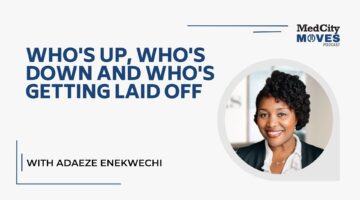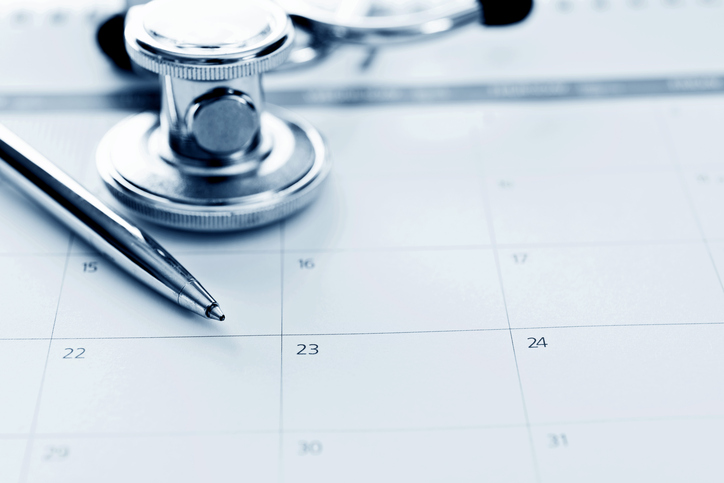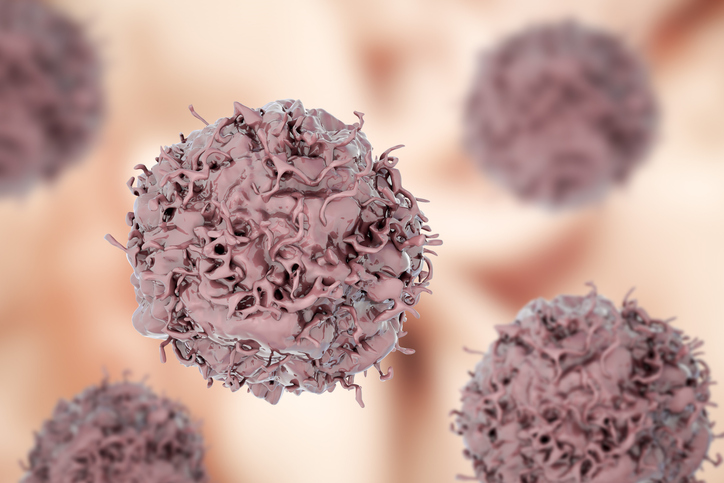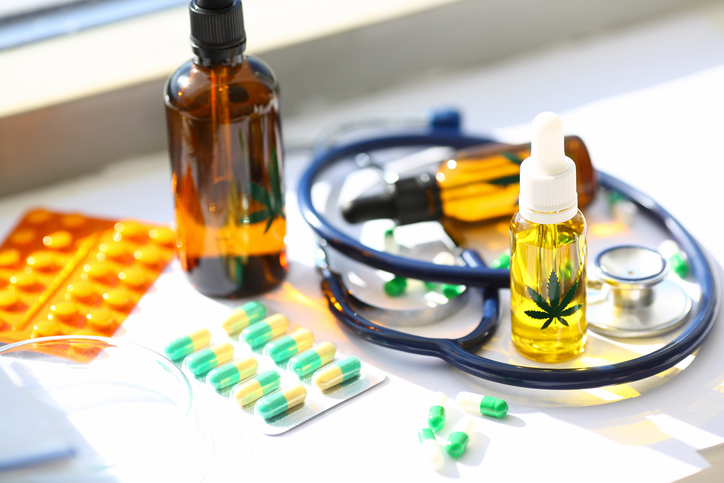Mobile technology has dramatically expanded throughout the world over the past few years – global mobile traffic has doubled for the fourth year in a row and projections are that global mobile traffic will increase even more, with more than 10 billion mobile devices in use worldwide.
Technological advancements have a big impact on the way modern society functions. The practical use of smartphones and tablets has transformed communications, commerce, the financial sector and entertainment, among other industries. Mobile technology has significantly improved service delivery and empowered businesses, customers and entrepreneurs worldwide by changing the way people access information and handle transactions.
And now mobile technology is on its way to innovate healthcare delivery and the quality of the patient’s experience. Modern advancements in mobile technology are helping with chronic disease management by reminding patients to take their medication at the proper time and generally extending service to various neglected areas, thereby improving overall health outcomes.

With the Rise of AI, What IP Disputes in Healthcare Are Likely to Emerge?
Munck Wilson Mandala Partner Greg Howison shared his perspective on some of the legal ramifications around AI, IP, connected devices and the data they generate, in response to emailed questions.
The adoption of innovative mobile technologies by the healthcare field significantly impacts service delivery and overall medical treatment. But how could mobile software applications have such an impact on the healthcare industry? Let’s review some of the most innovative medical apps to find out.
DoctorMole is an application dedicated to assessing skin moles using the Asymmetry, Border, Color, Diameter and Risk (ABCDE) approach.
The app utilizes the camera on a smartphone in order to take pictures and integrate them with Augmented Reality (AR). By using an algorithm integrating the ABCDE criteria, the DoctorMole app is capable of using the camera and AR to determine the malignancy of a mole.
Although the app should not be used in clinical practice or by patients due to insufficient data about its accuracy, there is no denying these apps highlight the potential of Augmented Reality in medical apps and give a glimpse into the future.
vCath is an app developed by Bangor University in the UK. It is designed to teach neurosurgical trainees the art of cannulating the lateral ventricles of the brain. The aim of this app is to guide a neuro-surgical trainee through the steps of positioning and inserting a catheter into the brain of a 3D virtual patient.
The app uses gestures and movements to teach trainees, but the key innovative feature here is that the app enables certain procedures that can be carried out on virtual 3D patients with no risk of harm. Trainees could use apps such as vCath for all kinds of procedures and they could potentially be marketed as individual learning modules.
Such apps demonstrate the ability of mobile technology to be utilized as training tools for clinicians with no risk to patients.
Neuro Localizer is a medical app created by the University of Michigan Neurology department to help teach neuroanatomy and how to identify neuro lesions based on exam findings. This is one of the few topics learned within the first year of medical school and has direct application to clinical practice, especially with patients who have acute weaknesses.
This app takes an extremely complex topic and breaks it down into a simple and palatable form by utilizing the multimedia capabilities of the iPad.This app shows how a reputable academic center can produce a quality medical app in order to teach a complex topic. We hope this app sets the standard for more academic departments and institutions deciding to utilize mobile form factors in the teaching process.
MySugr app was developed by diabetes sufferers in order to help others work out ways to log data about their health. A user will log all of his information, such as food intake, BG level, physical activities and mood etc. The interesting part of this application is what it does with the information. A user will score points by putting in different information, the ultimate goal being to beat your “Diabetes Monster”.
Although mySugr is not alone in the diabetes data logging arena, the team behind this app has streamlined the process and provided value through making the data meaningful. MySugr focuses on the key metrics that are important to every diabetic, such as glucose and carbohydrate consumption, movement and physical activity and how much insulin is injected.
Through simplifying how diabetics log their activity, combined with situational context, mySugr provides users with a better analysis of their current lifestyle, highlighting weak points they need to work on, all the while incorporating game mechanics that team members have drawn parallels to in their day-to-day diabetes therapy.
The development of BurnMed was inspired by Johns Hopkins physicians after a mass casualty incident, where a gas tanker exploded, killing one hundred people instantly and severely burning many others. The influx of burn patients overwhelmed local health resources and many did not receive correct treatment initially.
The developers behind BurnMed have created a comprehensive 15-minute training on initial burn management using a mobile, multimedia resource for lay practitioners — the app can be utilized by practicing clinicians as well. In BurnMed, the user draws the burned areas onto a 3-D anatomic figure. The app then uses this diagram to calculate the total body surface area (TBSA) burned. The app then uses the diagrammed TBSA percentage to calculate fluid resuscitation. The Treatment Guidelines summarize the essential steps in early management with links to further teachings about inhalation injuries, escharotomy and dressings.
Written by Bianca Banova – blogger at AIMSEducation and MyLife.com














